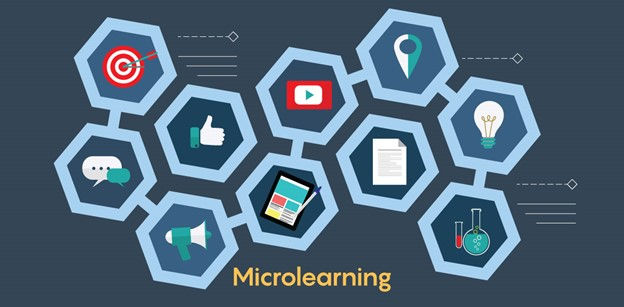Immersive Learning 101: Best Practices
- Carolyn Griffith

- Dec 10, 2022
- 1 min read
Updated: Dec 11, 2022

Technology continues to guide the educational and learning environment in leaps and bounds. Immersive learning experiences create higher levels of engagement and increased retention when used correctly. Depending on the audience, objectives, and learning environment, the use of Virtual Reality (VR) or Augmented Reality (AR) can transform a previously complicated or difficult concept into a digestible format, partly because of the gamification elements incorporated in this type of learning format that improves the understanding level of learners. This approach and the changes to the learning technologies tend to open doors for designers and instructors to create a successful learning environment in a more effective way. With the changes in the approach to learning, it's important to follow a checklist to create and design a solid immersive learning experience.
Here are the Best Practices for creating an immersive learning experience:


Click Here to Download the Checklist
Check out the video below for a walkthrough of the immersive experience designed for a workplace environment.
The video will expand on ways immersive learning can be useful in a workplace setting and focus on the use of the checklist to create such an experience to present learners with new skills and increase their skill set while having fun. The video explains how immersive experiences provide digitally created content and environments that accurately imitate real-life situations so that new competencies and techniques can be learned, repeated, and perfected. It’s also important to remember, not everyone learns the same, so be patient.




Comments